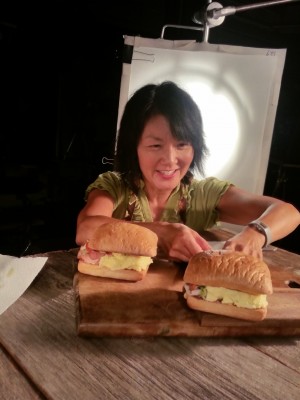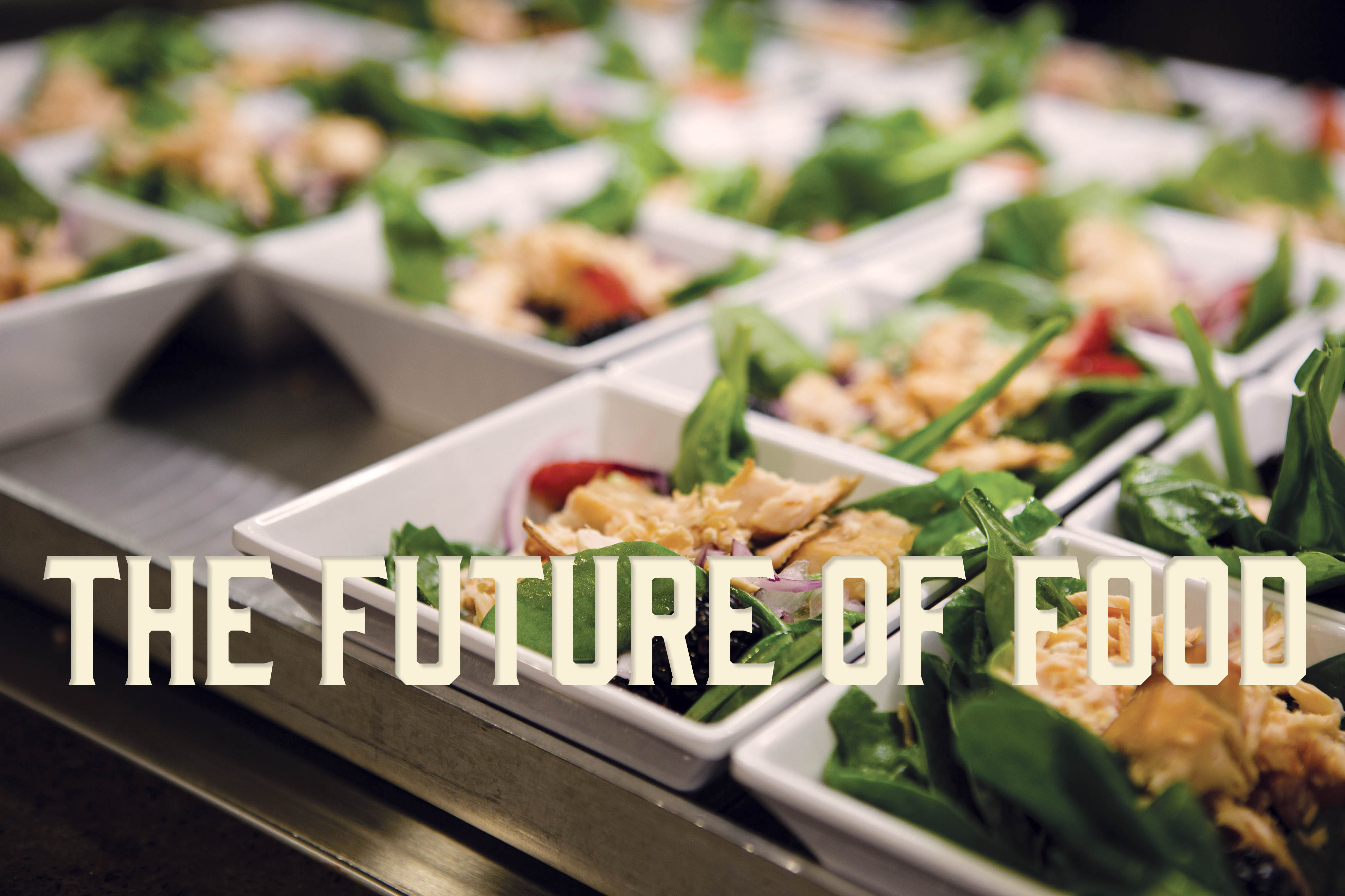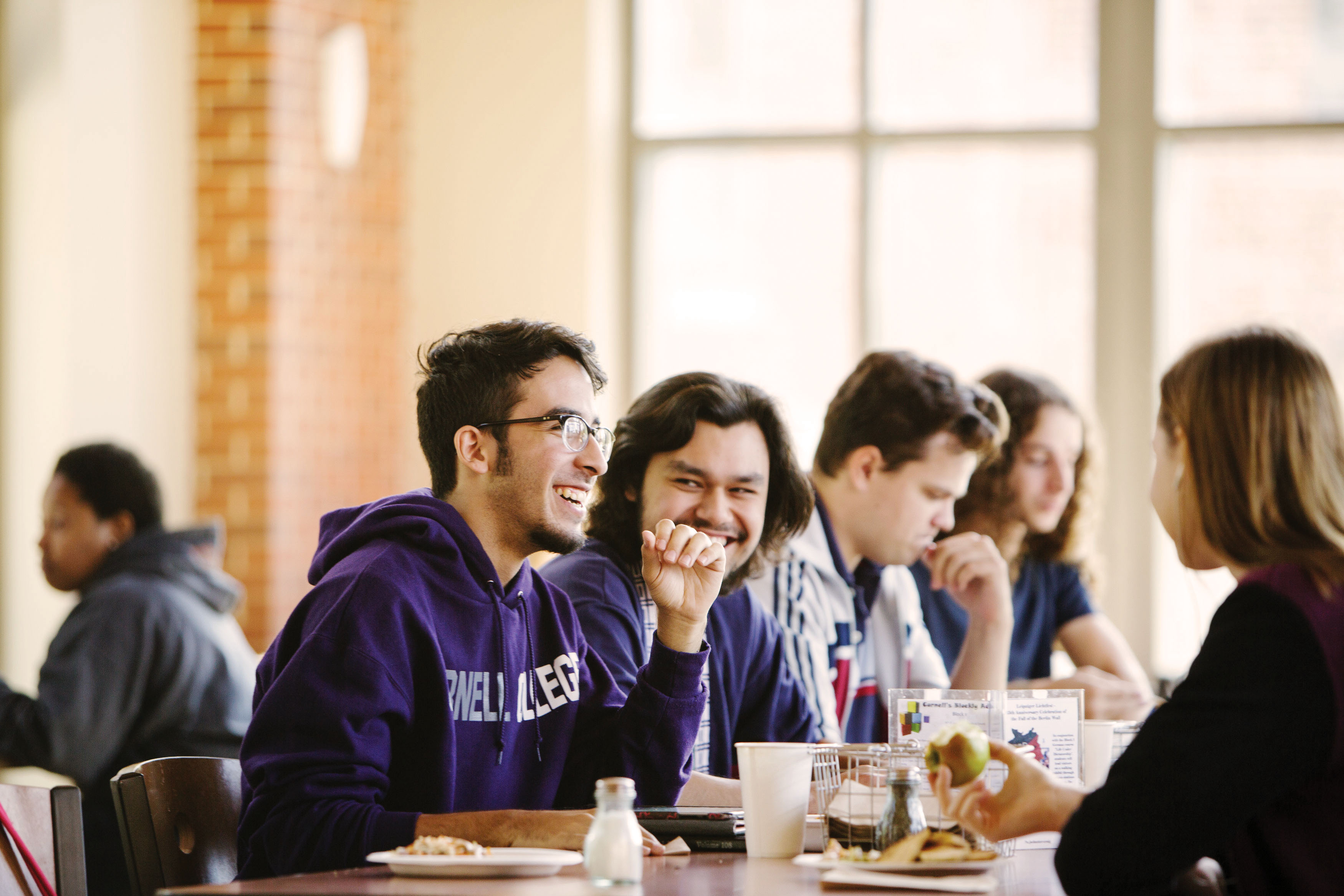The stylist
As a food stylist, what I do has nothing to do with what food tastes like and everything to do with what it looks like.

We eat with our eyes first, which is why aesthetics in food is very important. Most of us will not eat something grayish brown and lumpy or mushy or indistinguishable. We just won’t be able to put it into our mouths.
My business is in the Chicago area, and most of it is for advertising and packaging. What I do for my clients is to make their product look its best so they can sell more of it. My clients are trying to optimize their product while still portraying it truthfully. It is my job to dissect their product and enhance it to the best of my ability, but ultimately, it’s the client’s responsibility to decide how far they want to go, and what items they may want to substitute or replace.
There are truth in advertising laws, for instance, so if they’re selling ice cream they should be using real ice cream, but if they’re selling hot fudge sauce, they might want to use fake ice cream. I help out by doing a lot of propping up, pushing in, sorting through, and under cooking.
One of the emerging trends in the food styling world is the push toward a more natural, editorial look. The more casual trend may have emerged with the advent of food blogs and Instagram and cameras in our phones. Nonetheless, an art director or marketing person might say they want a natural look, but when they see it they still want a more perfect presentation. A good example would be the loopy folds you see in the sliced meat in a sandwich.
These days it can seem like everyone is a food photographer and stylist, and the equipment that is available has made it a lot easier for the average person to shoot a really good food photo. The world of food advertising in the United States is still largely the domain of the big food companies though, and they tend to be a little more conservative.
There has also been a trend, as in many businesses, toward more output for the same amount of money—we will be asked to do six shots in a day instead of three. Shoots are way more last minute, and money is tight.
Digital photography has really changed the business in so many ways. Clients want you to shoot a lot more photos, and they have a lot more input because they see everything on the screen. Sometimes they think they don’t have to be on site for the shoot, but they really should be. I’m also seeing more businesses try do things in-house because of all the excellent technology available today.
Dianne Freeze ’85 is a professional food stylist who has worked with Nabisco, Kellogg’s, Campbell’s Soup, and Crate and Barrel, among many others.


